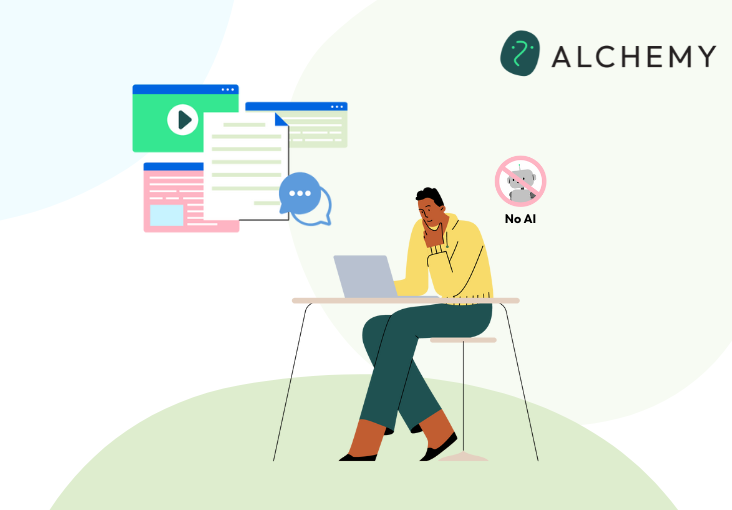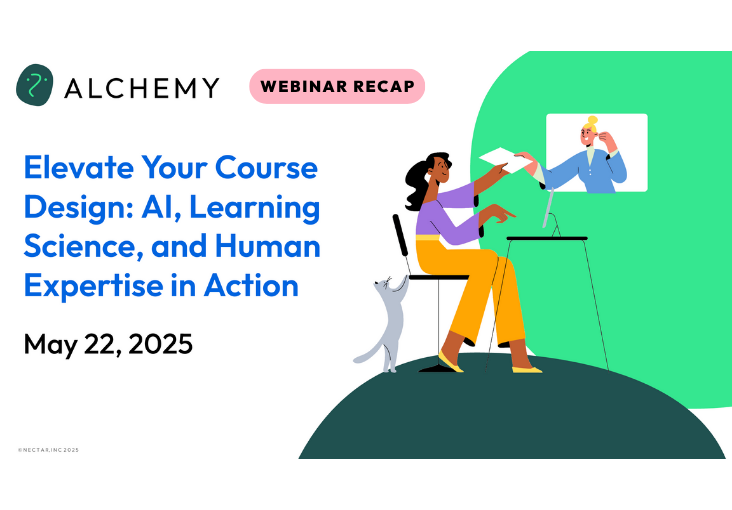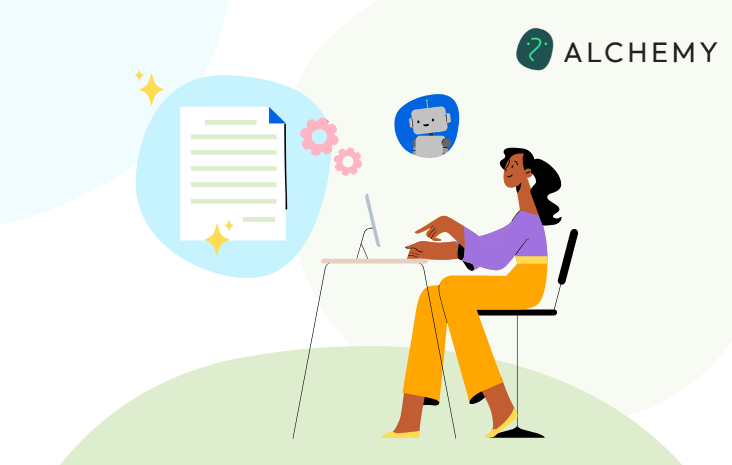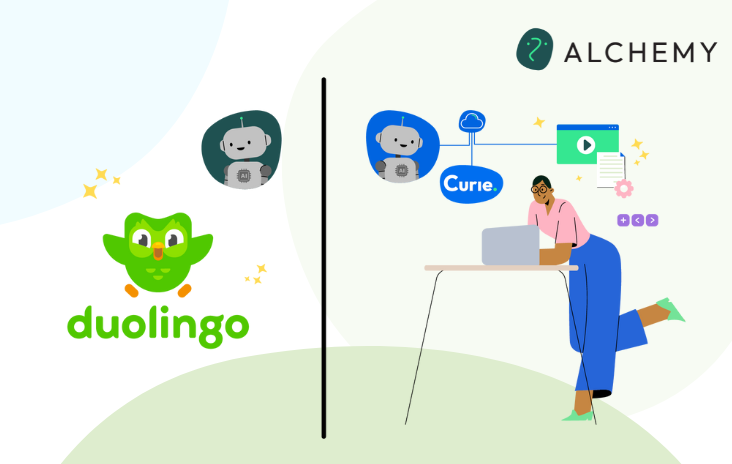Article
Upholding Academic Integrity: Level 1 of the AI Assessment Scale

Though AI tools have become increasingly prevalent in education and have many uses for learning, there is still a critical need to include opportunities for students to demonstrate their core knowledge and skills without external assistance. The AI Assessment Scale (AIAS) of 2024 by Perkins et al. provides a structured framework for this. To wrap up our 5-part series, we’ll be exploring Level 1: No AI. This level ensures that students complete their work without any AI assistance, focusing on their understanding and ability.

What is Level 1: No AI?
Level 1 requires students to complete assessments without any AI assistance. This approach is crucial for foundational courses or when it’s essential to gauge a student’s mastery of the material without external aid. Instructors can design assessments that naturally discourage AI use by emphasizing critical thinking, personal reflection, and process-based tasks.
Snapshots of Level 1 in Action
Example 1: Reflective Essay (Ethics, 100-level)
- Assignment: Write a reflective essay on how ethical theories apply to a real-life situation you’ve encountered.
- AI Use: No AI use allowed. The essay must be based on personal experiences and reflections.
- Constructive Use: Encourages students to connect theoretical concepts with their personal lives, reducing the relevance of AI assistance.
- Managing AI: Students maintain a process journal where they document their brainstorming, drafting, and revisions. This journal is submitted alongside the final essay to demonstrate their independent work and thought process. See full assignment example here.
Example 2: Concept Application (Mathematics, 200-level)
- Assignment: Solve a set of problems requiring the application of mathematical concepts to novel situations.
- AI Use: No AI use allowed. Students must demonstrate problem-solving skills based on class knowledge.
- Constructive Use: Focuses on applying learned concepts to novel problems that require deep understanding and critical thinking.
- Managing AI: Students submit step-by-step written explanations of their problem-solving process, including any false starts or revisions, to show their understanding and independent thinking. See full assignment example here.
Example 3: Literature Analysis (English, 300-level)
- Assignment: Write an analysis of a theme in a novel not covered in class, explaining its relevance to the narrative.
- AI Use: No AI use allowed. The analysis must be based on the student’s unique interpretation.
- Constructive Use: The task requires deep engagement with the text and original thinking, minimizing the utility of AI tools.
- Managing AI: Students submit annotated drafts showing their thought process as they developed their analysis, providing evidence of how their ideas evolved independently. See full assignment example here.
Conclusion: Documenting and Reflecting on Independent Work
Level 1 of the AIAS focuses on assessments that require students to demonstrate their knowledge without AI assistance. By incorporating process documentation and reflective practices, instructors can ensure that students’ work truly reflects their independent efforts.
Check out the rest of our series to learn more about Level 5: AI Exploration, Level 4: Full AI, Level 3: AI Collaboration, and Level 2: AI Planning. Explore our growing body of resources on the topic in our “Guide to AI Use in Student Assignments: Practical Strategies & Examples.”



